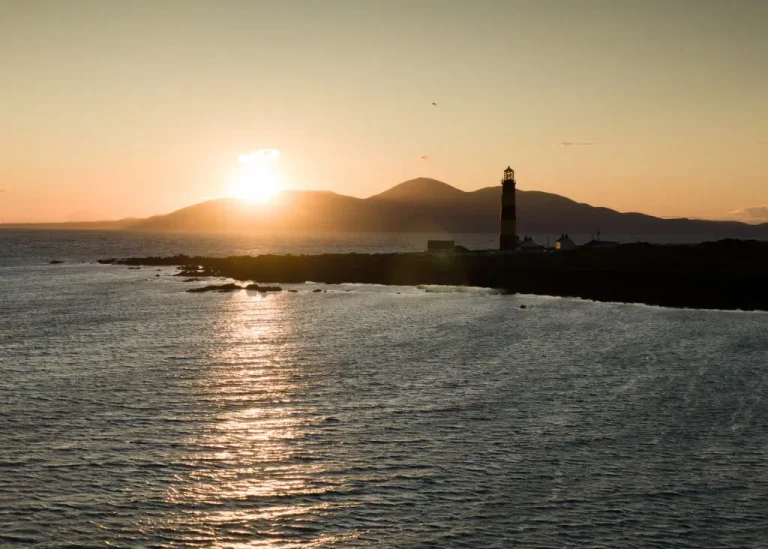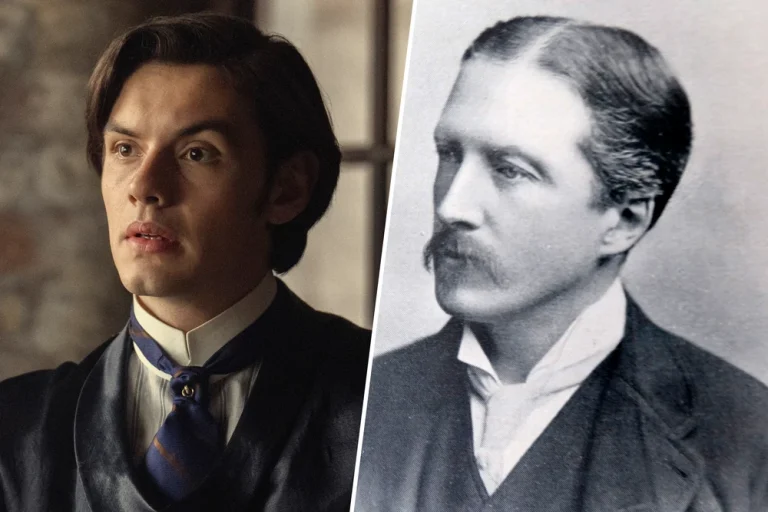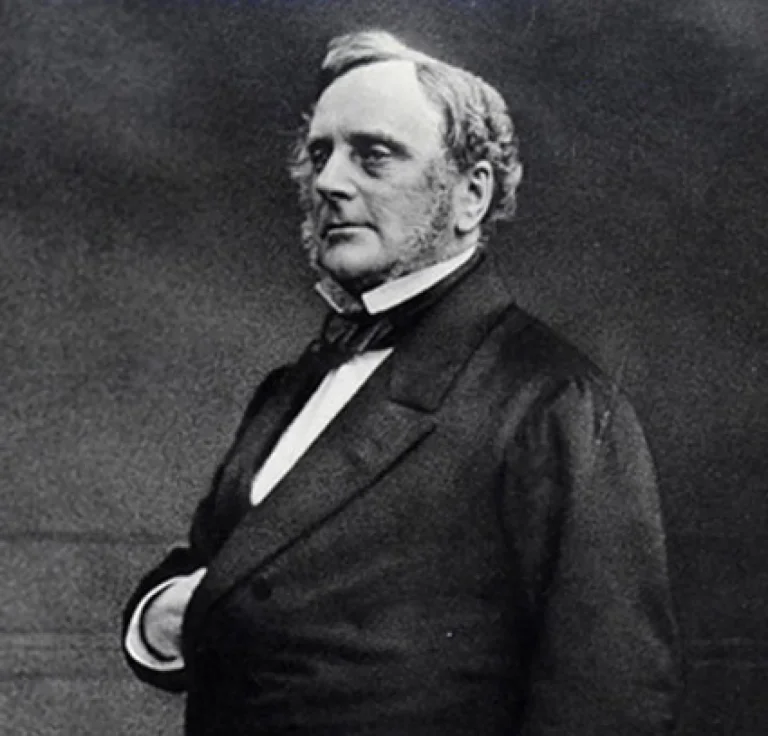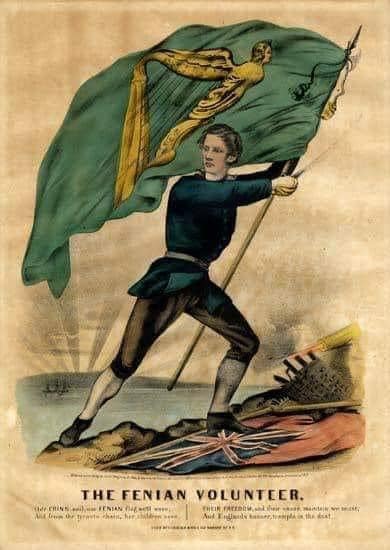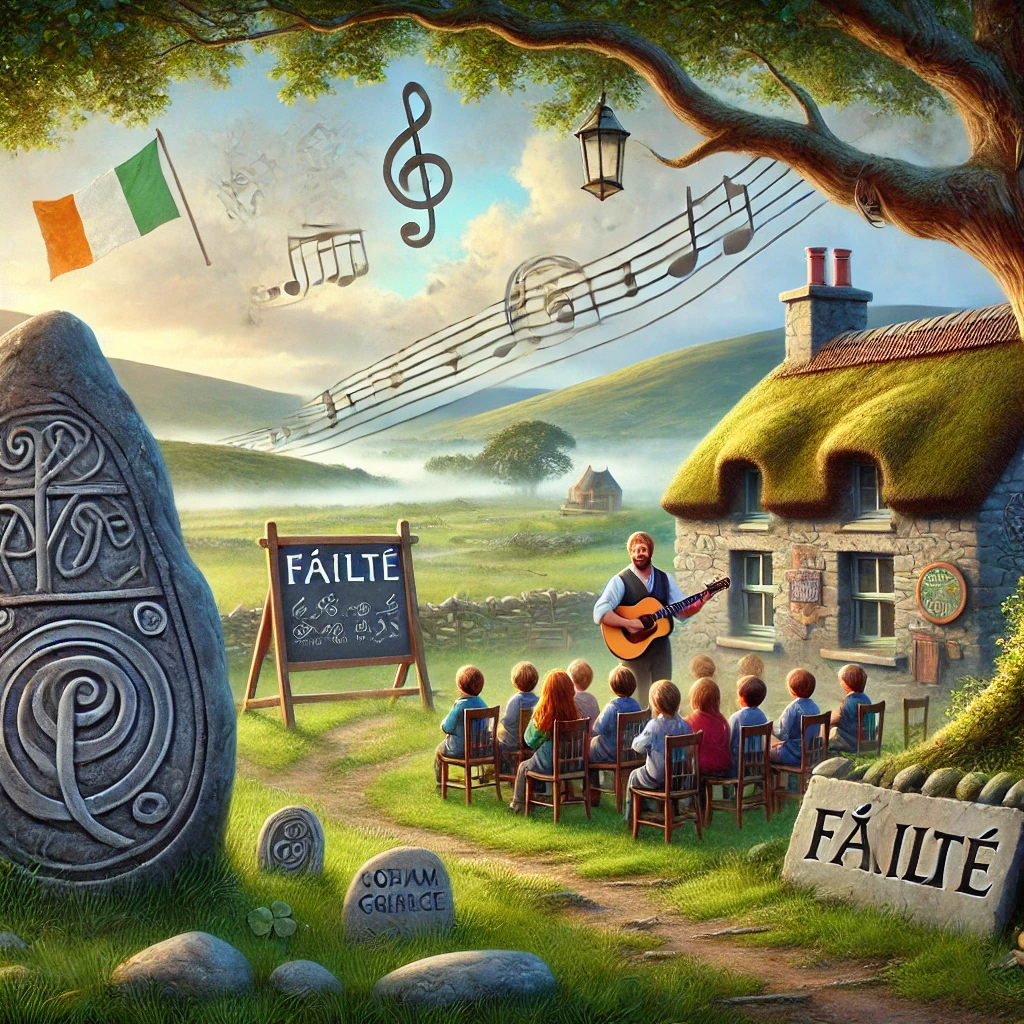
There’s a sound in the Irish wind that’s older than stone and deeper than sorrow. It’s not the howl of the Atlantic or the cry of the curlew, but something woven into the bones of the land — a language not just spoken, but felt in the marrow.
It’s Gaeilge, the native language of Ireland. Not a relic. Not a museum piece. But a living, breathing force — battered, bruised, nearly buried, yet still whispering under every hedge, still echoing in every rebel song, still aching through the stories passed from grandmother to grandchild.
Does Ireland Have a Native Language?
Yes. And not just a native language — the native language: Irish, or Gaeilge.
It was born in Ireland’s hills and hollows long before the first colonizer set sail. It predates castles, cathedrals, even Christianity itself. Gaeilge is not just a language. It’s our soul in syllables.
Do the Irish Still Speak Gaelic?
Yes — though it’s complicated.
Most Irish people learn Irish in school, many can read it, some can write it, and fewer still speak it fluently every day. But make no mistake: Gaeilge isn’t dead. It’s spoken daily in Gaeltacht regions, where it’s used in homes, schools, shops, and pubs. It thrives in music, theatre, poetry, and in the subtle defiance of those who still greet you with a “Dia dhuit” instead of “Hello.”
What Is the Natural Irish Language?
The natural Irish language is Gaeilge, not English.
Despite Ireland’s official languages being both Irish and English, it was Gaeilge that once flowed through the mouths of kings and warriors, saints and storytellers, before it was nearly choked by colonization, famine, and forced assimilation.
What Is Native Irish Called?
Gaeilge is what we call our native language.
English speakers refer to it as “Irish”, but don’t be mistaken — this is not some Celtic accessory or tourist trinket. This is an indigenous language with roots as deep as the bogs and as wild as the western seas.
Is Gaelic an Indigenous Language?
Yes. Gaelic, or more correctly Irish Gaelic, is an indigenous Celtic language of Ireland.
It is one of the oldest written languages in Europe, with a literary tradition stretching back over 1,500 years. It’s sister to Scottish Gaelic and Manx, but Gaeilge is uniquely Irish, born from this soil, this sorrow, and this stubborn, unbroken spirit.
Is Irish a Language?
Of course. It’s not only a language, it’s a rebellion, a lullaby, a prayer, a curse, and a blessing, all wrapped in syntax and song.
What Is the First Language of Ireland?
Historically? Irish. Always Irish.
Today? English has become the primary spoken language, but Irish remains the first official language of the Republic, enshrined in the Irish Constitution — even if it’s not the most commonly spoken.
Still, for those who know its rhythm, Irish isn’t a second language — it’s a first love.
Is Gaelic a Dead Language?
No. But it has come close.
The British system tried to bury it. The famine tried to starve it. The modern world tried to ignore it. But Irish refuses to die.
From the lips of rappers in Belfast to poets in Galway, from the chalkboards of Gaelscoileanna to the subtitles on TG4, Irish is not dead — it’s evolving.
Is Ireland a Native English-Speaking Country?
Yes — but not originally.
English came with conquest. It stayed with colonization. It embedded itself deep. But before English, there was Irish, and for those who still speak it, even a few words at a time, there’s a deep cultural connection that can’t be colonised.
Did Ireland Used to Have Its Own Language?
Yes. And it still does.
Though English dominates now, Gaeilge remains, a ghost that refuses to be exorcised. A phoenix flickering in the ashes. A truth in the throat of every true Irishman and woman, whether they know it or not.
What Are the Top 3 Languages Spoken in Ireland?
- English (spoken by 98% as primary language)
- Irish (Gaeilge)
- Polish, due to immigration patterns
But only one language was born here, alongside the hills and rain — and that’s Gaeilge.
Some Powerful Irish Native Language Words
- Slán – Goodbye
- Grá – Love
- Ceol – Music
- Cairdeas – Friendship
- Croí – Heart
- Saol – Life
Each one not just a word, but a whisper of our history.
Irish Native Language Alphabet & Example
The traditional Irish alphabet is derived from the Latin script and uses 18 letters (omitting j, k, q, v, w, x, y, z).
Example sentence:
- “Dia dhuit, conas atá tú?” – Hello, how are you?
Hello in Irish
“Dia dhuit” (Dee-ah gwit) – Literally, “God be with you.”
Not a casual greeting — a spiritual invocation, a tradition older than time.
More Irish Cultural Journeys on Secret Ireland
- The Glen of Aherlow – A Valley of Shadows, Song, and Silent Reverence
- Cahir Castle – Ireland’s Medieval Stronghold of Battles and Film Legends
- Swiss Cottage – Ireland’s Fairytale Retreat of Romance and Mystery
- Holycross Abbey – A Sanctuary of Faith, Relics, and Sacred History
- The Best Way to Learn Irish – Embrace the Language of Myth and Heritage
Final Word: The Language Still Humming Beneath the Hills
Gaeilge isn’t just grammar. It’s heritage written in syllables, myth wrapped in vowels, resistance hidden in a greeting. To speak even a single word is to stand beside your ancestors and say: “I remember.”
Let others have their empires and their tongues.
We have Gaeilge.
